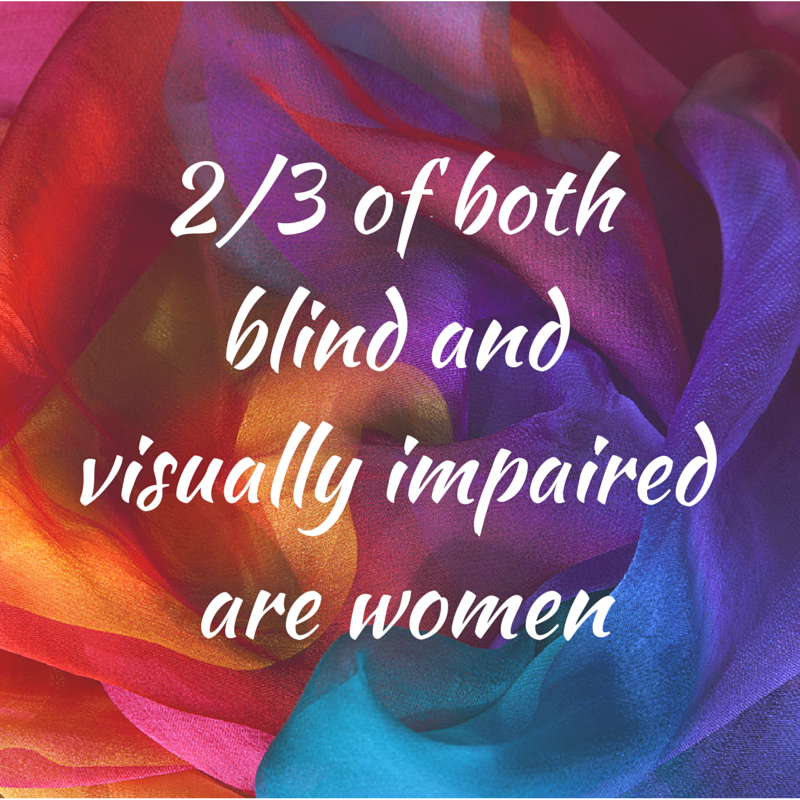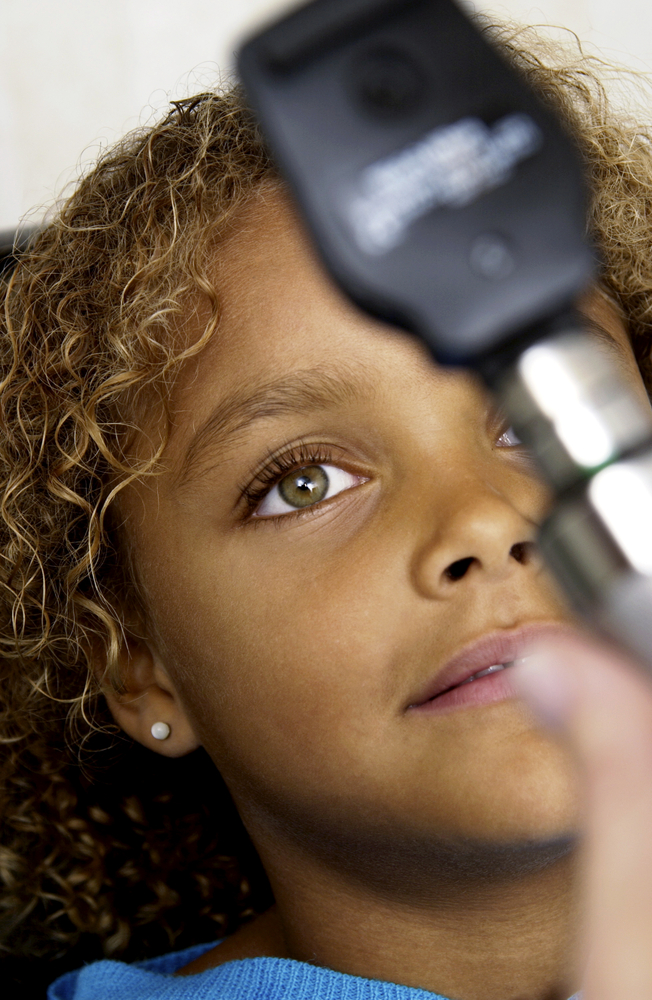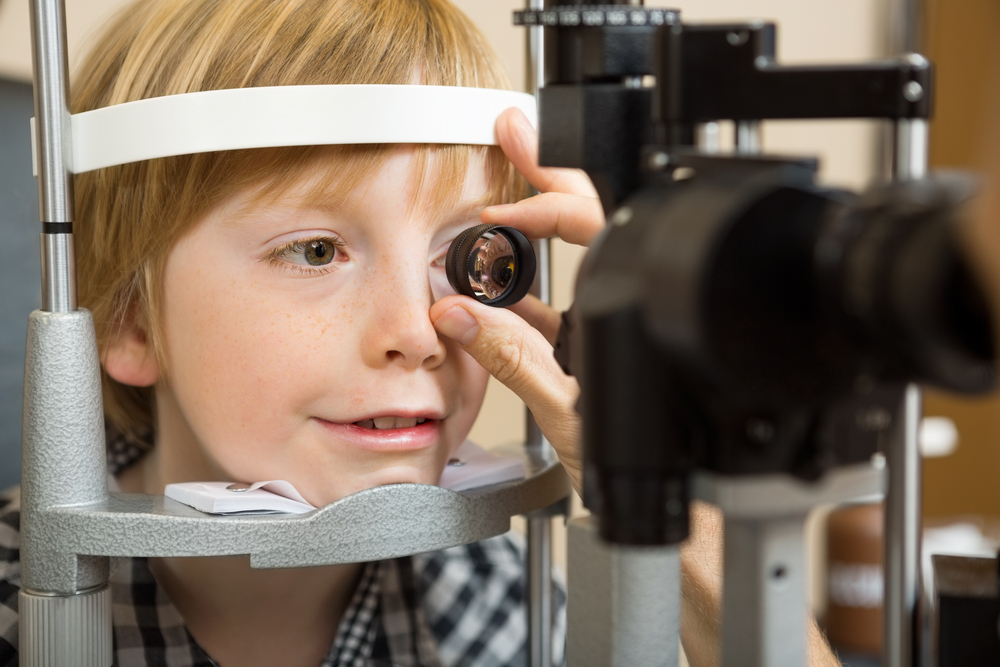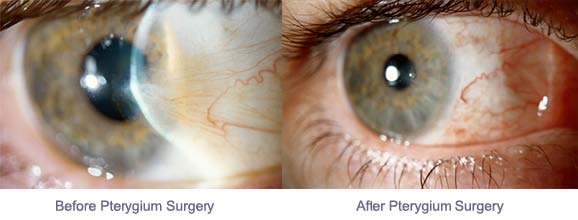The issue of driving and age-related macular degeneration is a particularly sensitive one for seniors losing their vision. Driving means independence and most people want to hold on to their cars as long as possible. When is it time to stop?

A research survey by the Massachusetts Institute of Technology (MIT) Age-Lab and The Hartford Financial Services Group involved 3,824 drivers over age 50, asking them how and why they limited their driving.
The study found that two-thirds of the drivers self-regulated their activities in the car, restricting their driving for certain condition. Time of day was a common factor, with some people choosing to stay home at night or dusk. Bad weather conditions and heavy traffic were other conditions. Over time, drivers developed conscious strategies to compensate for failing vision, slower reflexes and stiffer joints.
Statistically, older drivers are actually very safe drivers, although over age 75, the accident rate per mile increases. The study found that health and medical conditions contributed far more to driving restrictions than age alone.
About ten percent of the nation’s drivers are over 65. However, by 2030, when one in five Americans are over age 65, this percentage will skyrocket. Consider that 23-40% of people over age 65 have macular degeneration – that ís a lot of drivers with a potential visual impairment.
Making the Decision
If your macular degeneration is causing a problem when you drive, you are most likely aware of it. Or, perhaps a friend or family member has pointed it out to you. Does this mean you should immediately stop driving? Not necessarily.
What you should do immediately is ask yourself some critical questions. How are you functioning when you drive during the day? What about dusk, dawn and cloudy days? Bright sunlight? At night?
Here are six important questions:
- Do you have difficulties reading clearly and rapidly all the instruments on a carís dashboard?
- Do you have difficulties reading road signs, or if you are currently driving, do you notice and understand the signs in time to react to them with comfort?
- Do other cars on the road appear to “pop” into and out of your field of vision unexpectedly?
- While on the road, do you drive well below the speed limit and slower than most cars around you?
- Do you have difficulties positioning yourself on the road, with respect to other cars, lane markers, curves, sidewalks, parking spaces, etc.?
- Do you find yourself feeling confused and/or disoriented on the road?
If you answered yes to any of the above questions, you may want to suspend your driving until you consult a specialist. If your answers indicate that you may have a problem under certain conditions (i.e., dim light or night) you may want to suspend your driving under those conditions until you consult a specialist further.
This questionnaire is from an excellent book, “Driving With Confidence, A Practical Guide to Driving With Low Vision” by Eli Peli and Doron Peli. Dr. Eli Peli is a Senior Scientist at the Schepens Eye Research Institute and Professor of Ophthalmology at Harvard Medical School. Their book contains a practical program to help you maximize your chances of retaining your driving privileges. It also provides a detailed description of driving vision regulations in every state as does the AAA website.
Other Useful Resources
AARP Driver Safety Program – Largest classroom driver refresher course specially designed for motorists age 50 and older. It is intended to help older drivers improve their skills while teaching them to avoid accidents and traffic violations.
AAA Safety Foundation for Traffic – Tips on driving and resources for other transportation options.
Summary
There are many ways to stay safe and maintain your independence. Just be attentive to your own abilities and find out all you can about your options.
4/21/15
 Judith Delgado
Judith Delgado
Executive Director
Macular Degeneration Partnership
A program of Discovery Eye Foundation

























